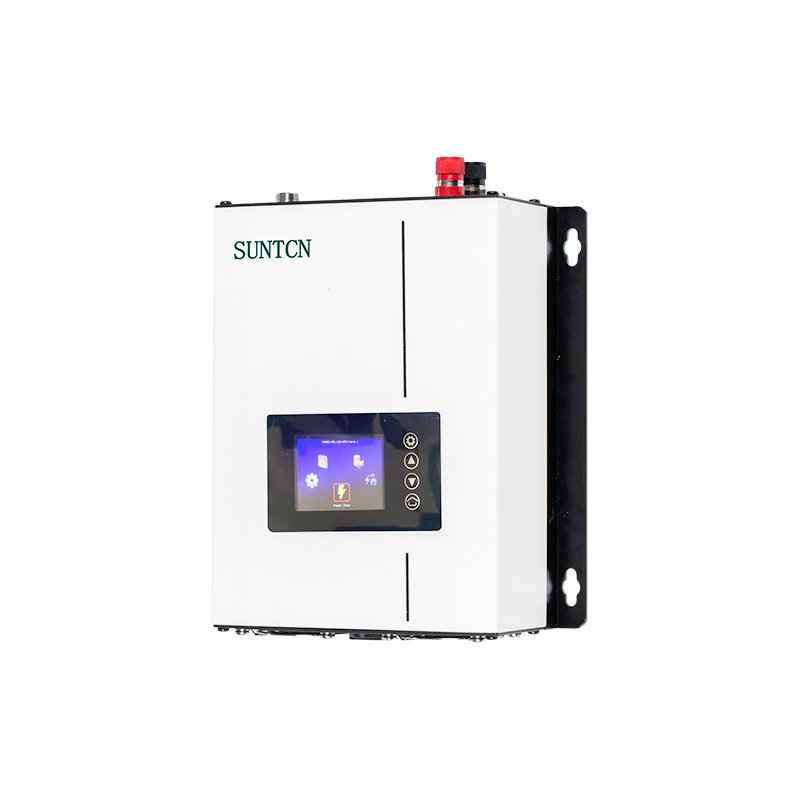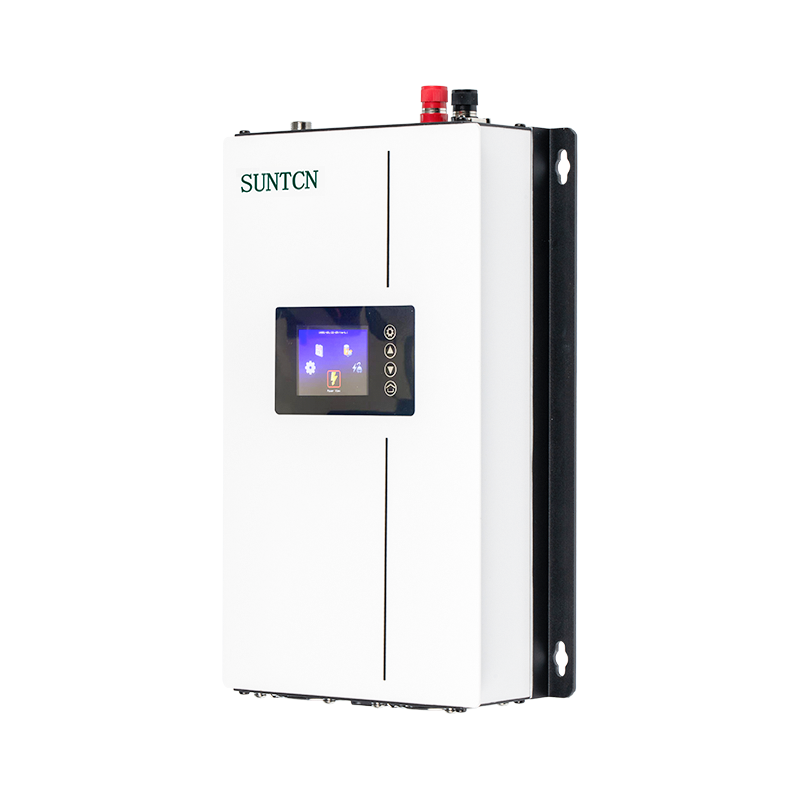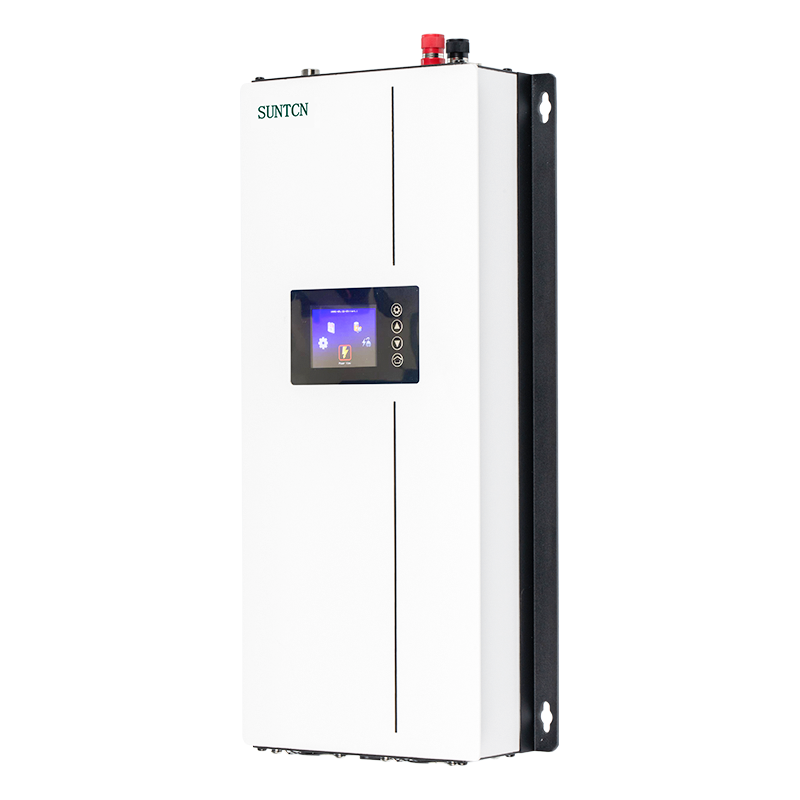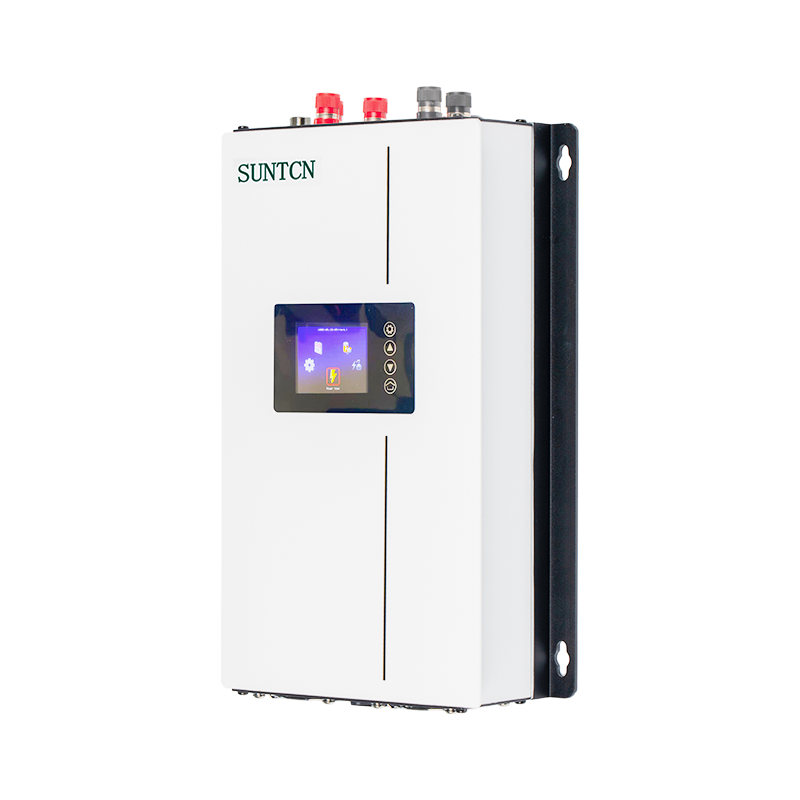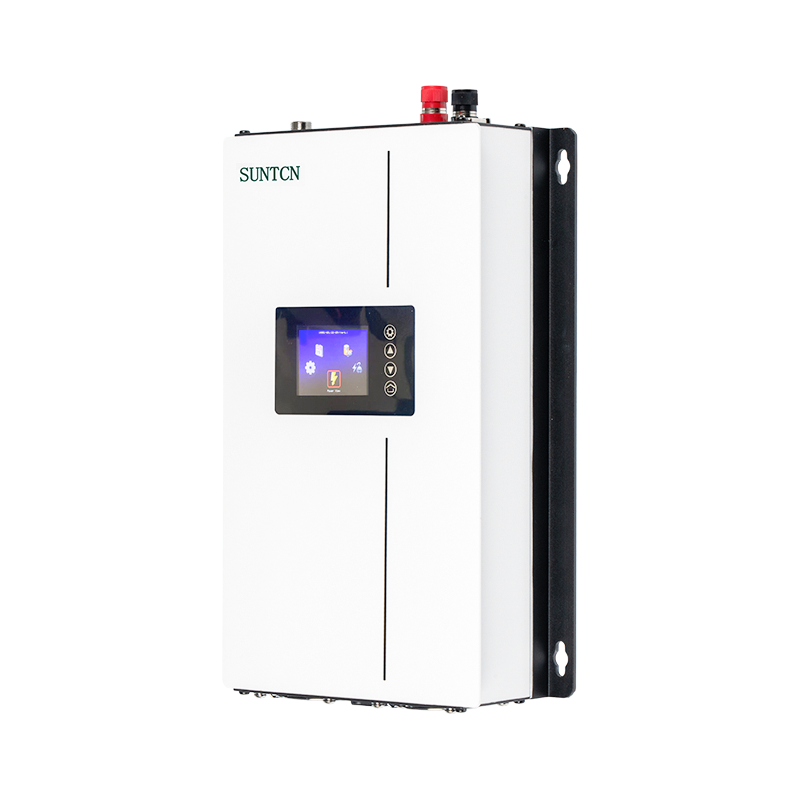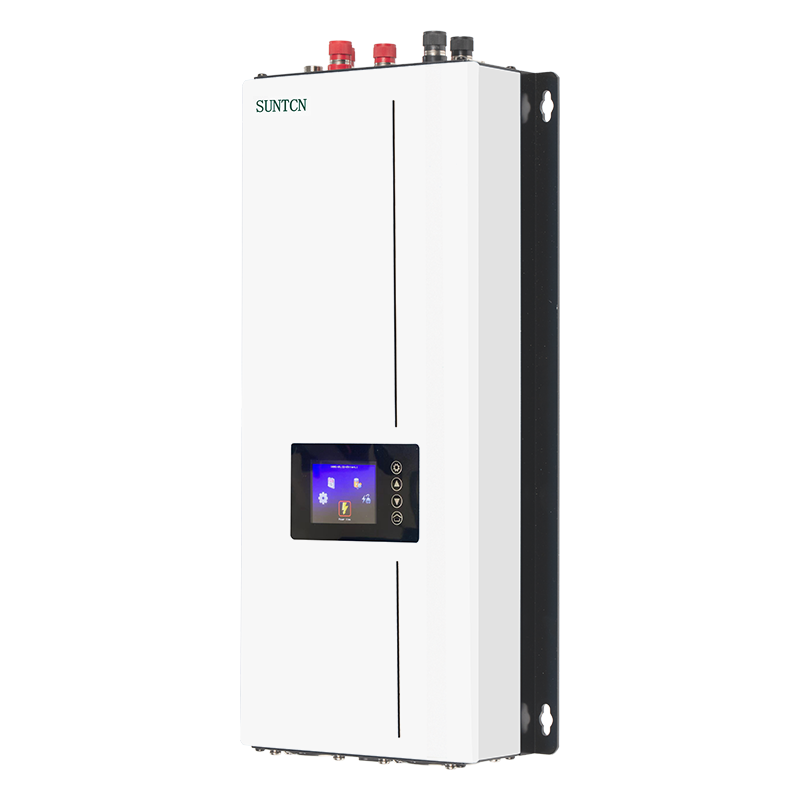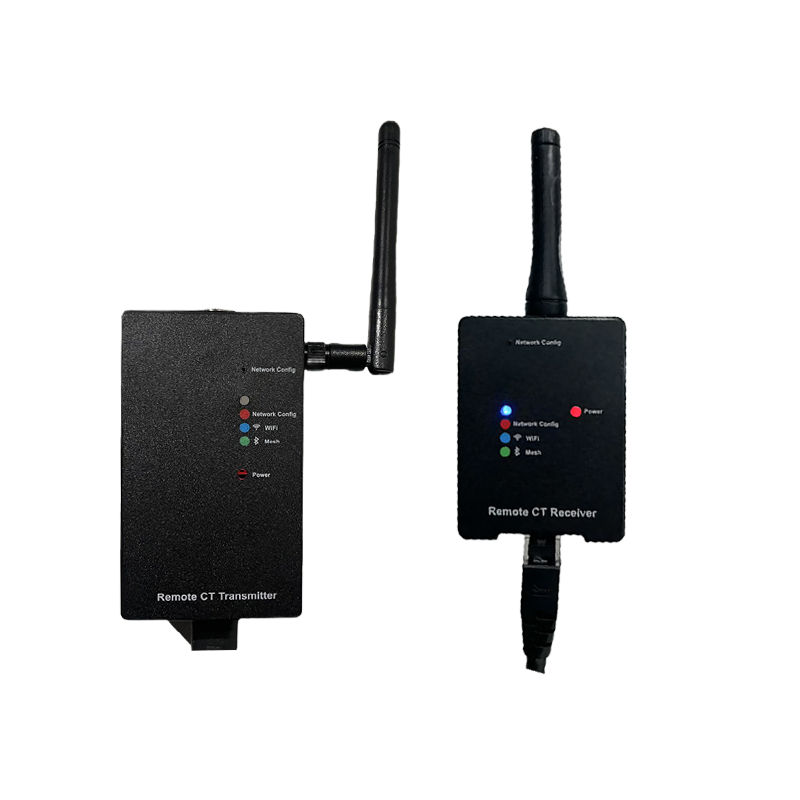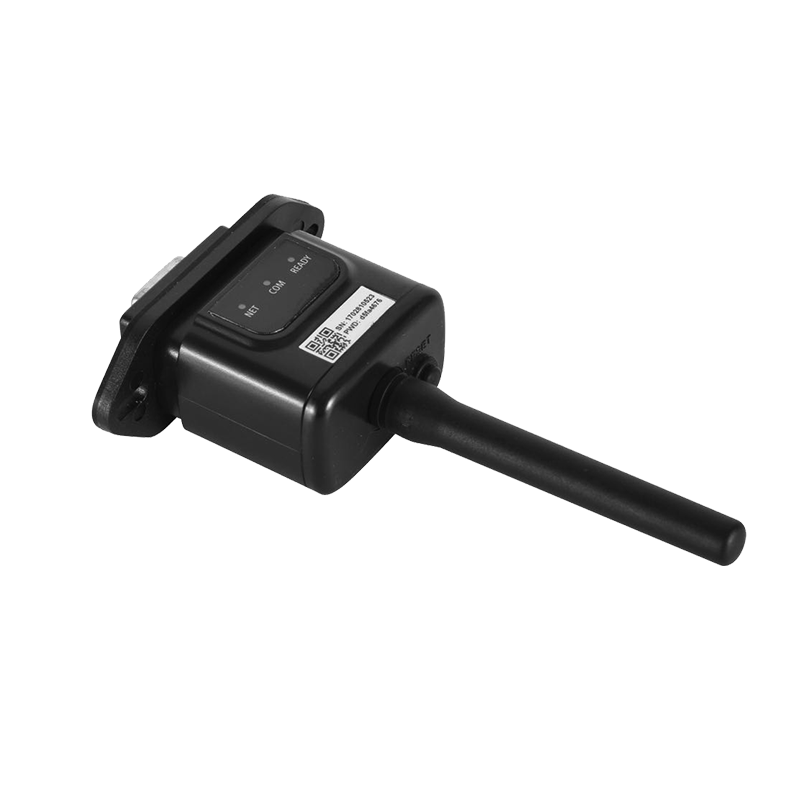With the global emphasis on clean energy, autonomous electricity consumption and electricity price control, solar energy and energy storage systems are rapidly becoming popular in homes and businesses. Behind these systems, there is a crucial "brain" device: hybrid inverter.
Hybrid inverters can not only control the use of solar energy, but also manage battery charging and discharging, grid interaction, and achieve true energy autonomy. This article will systematically introduce the working principle, core components, operation mode and value of hybrid inverters in modern energy management.
1. What is a hybrid inverter?
A hybrid inverter is an intelligent device that integrates the functions of a solar inverter (Solar Inverter) and a battery inverter (Battery Inverter). It can intelligently switch and dispatch between three power sources:
Solar power generation (photovoltaic panels)
Battery energy storage system
Public power grid
Its core functions include:
Converting direct current (DC) generated by solar energy into alternating current (AC) available for home use;
Storing excess power in batteries or feeding it back to the power grid;
Providing backup power during power outages.

2. Core components of hybrid inverters
A complete hybrid inverter system consists of multiple components that work together:
1. Photovoltaic panels
Convert solar energy into direct current to provide the system with raw energy.
2. Hybrid inverter body
Responsible for control logic such as current conversion, energy storage management, and grid synchronization.
3. Battery system (Battery Storage)
Stores excess power during the day for use at night or during power outages, usually lithium batteries or lithium iron phosphate batteries.
4. Grid connection
Realizes two-way energy exchange with the national grid.
5. Energy Management System (EMS)
Monitor, analyze and optimize the entire system. Users can view power generation, power consumption and battery status in real time through the APP.
3. Detailed explanation of the working principle of hybrid inverter
Hybrid inverter realizes seamless management of multiple power sources through intelligent energy flow control technology:
When the sun is strong during the day
Photovoltaic power is supplied to household loads first;
Excess power is charged into the battery;
If the battery is full, the remaining power can be fed into the grid.
At night or on rainy days
The energy storage in the battery begins to be released, and the load is supplied first;
After the battery is empty, it automatically switches to the grid for power supply.
When there is a power outage
Automatically switch to off-grid operation mode, using batteries or solar power generation;
Some systems support "critical load partitioning" to only power critical appliances such as refrigerators and lighting.
This dynamic management allows the system to flexibly dispatch energy according to real-time conditions to achieve economic benefits and power supply guarantees.
4. Working Mode of Hybrid Inverter
Hybrid inverter generally has the following common operating modes:
1. Self-Consumption
Prioritize the use of solar energy to minimize dependence on the grid.
2. Grid-Tie
Sell excess electricity to the grid to realize profits; you can also purchase electricity from the grid.
3. Backup Power Mode
Automatically start the energy storage system to supply power when the power is off.
4. Off-Grid
Completely disconnected from the grid, suitable for remote areas, field operations, RVs and other scenarios.
5. Time-of-Use
Charge from the grid when the electricity price is cheap (such as late at night), and discharge during peak power consumption during the day to reduce electricity costs.
5. Intelligent features of hybrid inverters
Modern hybrid inverter systems are highly intelligent and have the following functions:
Remote monitoring View power generation, power consumption, and energy storage through mobile phone apps
Energy consumption analysis Accurate statistics of daily and monthly power consumption and power generation curves
Fault warning Automatic detection of battery failures, voltage anomalies, etc.
AI scheduling Optimize battery charging and discharging strategies based on weather and electricity price forecasts
Fast switching Switch to off-grid power supply mode within 100ms after power outage
6. Advantages and limitations of hybrid inverters
Advantages:
Increase the self-use rate of solar energy
Reduce electricity costs
Have backup power supply guarantee
Can participate in virtual power plants (VPP)
Can be expanded and upgraded in the future
Limitations:
The initial cost is relatively high (especially with batteries)
The battery life is limited and needs to be replaced regularly
The system is relatively complex and requires professional installation and commissioning
Hybrid inverters are no longer just a simple current converter, they are the core of future home energy management. It allows users to have greater energy autonomy, lower electricity costs, and a greater sense of security in an uncertain energy environment.
As battery costs fall, AI energy management technology advances, and smart grids develop, hybrid inverters will play an increasingly important role in residential, commercial, and even industrial scenarios.

 English
English Español
Español Deutsch
Deutsch